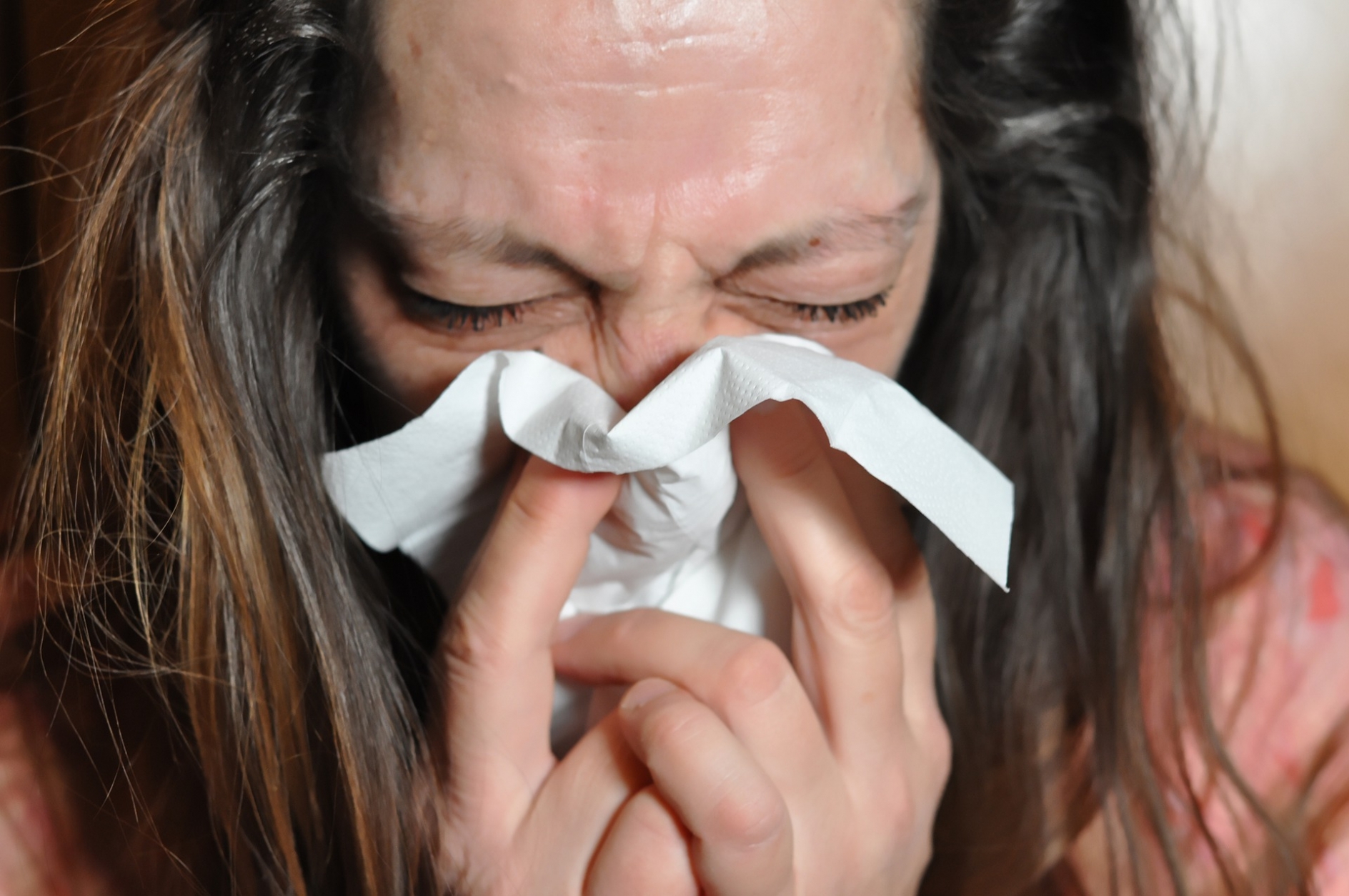“Exposed” to COVID
When do you need to take action?
Contributors

Jasmin B. Bhandari
By now employers are familiar with what to do if an employee reports that they are experiencing symptoms of COVID-19, or have tested positive for the disease. However, do employers need to take action even if the employee has merely been “exposed” to COVID-19? The answer is yes, and this article covers what qualifies as an “exposure” and what you must do.
An employee is deemed exposed to COVID-19 if he or she is in “close contact” during the “high risk exposure period” of a person who has tested positive for COVID-19. “Close contact” is defined as being within 6 feet (with or without a mask on) for 15 minutes or longer total over a 24 hour period. The “high risk exposure period” is defined as the 48 hours before the person to whom they were exposed began exhibiting symptoms or gave the test sample which tested positive. Direct contact with respiratory droplets also qualifies for exposure. For example, if the employee only had 10 minutes of contact within 6 feet in the 48 hours prior, but the infected person sneezed or coughed near them.
An exposed employee should be sent home with information about leave, quarantine for at least 10 days from the date of last contact, and be encouraged to get tested with the employer covering the cost and assuming they do not develop symptoms or test positive. The business should also evaluate the number of positive cases within the last 14 days at the business to determine whether the workplace is in an “outbreak” for purposes of reporting to local health authorities or to the worker’s compensation administrator. Please note that more specific guidelines may also exist for your county or city, so please contact experienced counsel for advice in your specific situation.

